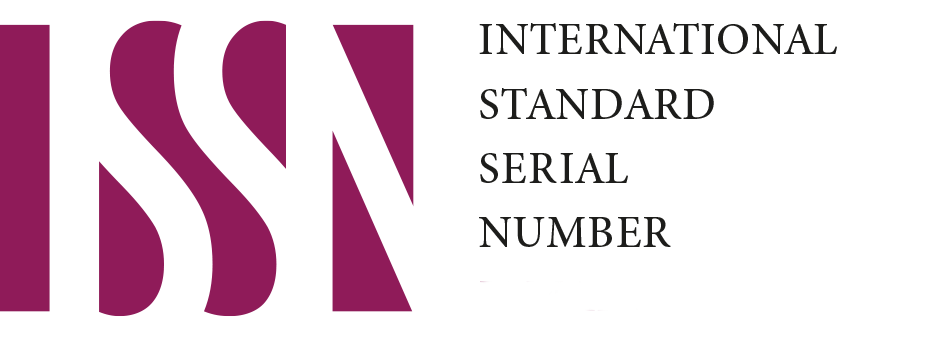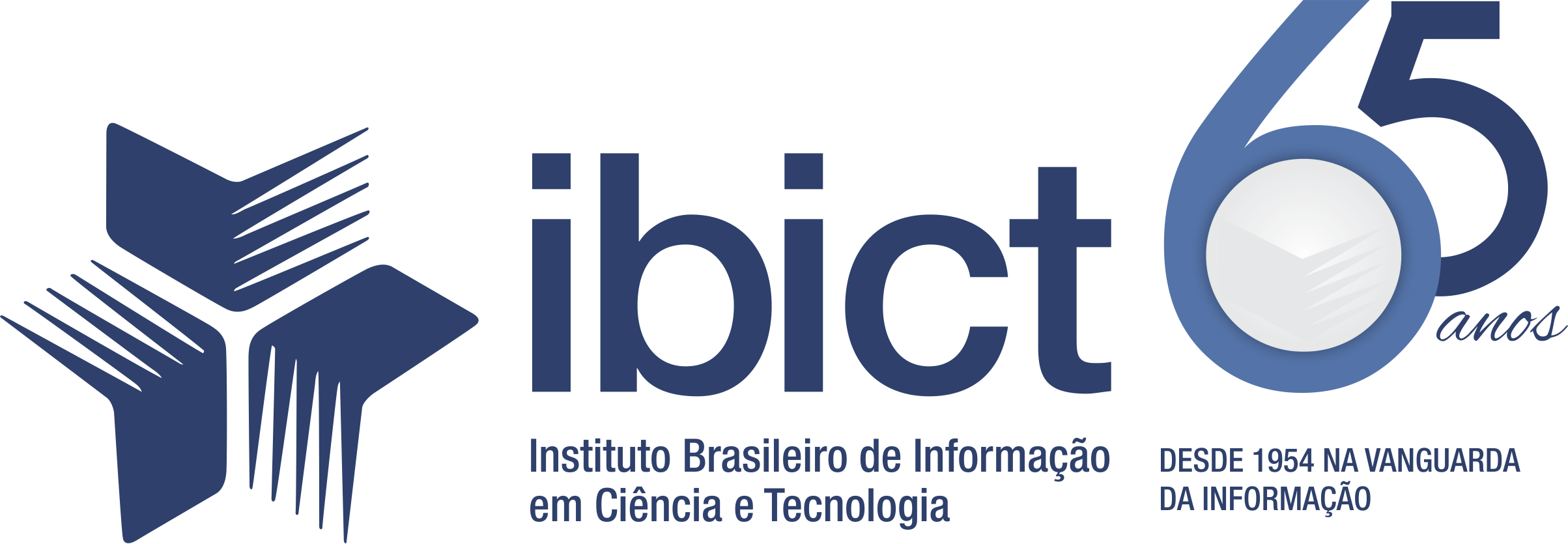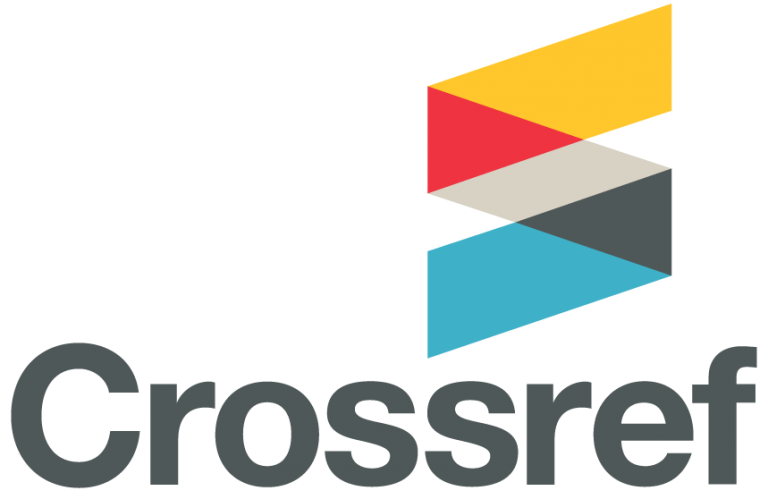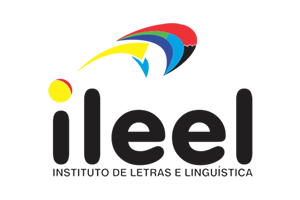Evaluating Beginners’ Re-expression and Creativity
A positive approach
DOI:
https://doi.org/10.14393/LL63-v35n2-2019-15Keywords:
Translation teaching, Evaluation of translations, Positive approach, Acceptability modelAbstract
Although translation may be considered a two- (or three) phase communication process, consisting of comprehension – (conceptualization) – re-expression, most theoretical and pedagogical studies have been devoted to comprehension and conceptualization. There is, however, an increasing need to establish a theoretical basis for the third phase since, contrary to Boileau’s dictum (that well conceived ideas can be easily expressed), even when comprehension is complete, words do not come easily. If re-expression is to be better taught, evaluation of re-expression must be better thought. This paper focuses on the evaluation of re-expression in translation. Based on an in-depth study of various English texts translated into French by some 38 first-year translation students, it first calls attention to the difference between expression and re-expression and between creativity and literality, viewing the former as a ‘deviation’ from the latter. Second, it argues in favour of positive evaluation, given that negative evaluation has a relatively limited impact on the learning process, and further study of it would not be very productive. Positive evaluation involves analysis of successful solutions rather than of errors. The paper goes on to analyze which aspects of re-expression need to be evaluated and how this should be accomplished.
Downloads
References
BALLARD, M. Wordplay and the didactics of translation. The Translator, v.2, n. 2, p. 333-46, 1996. https://doi.org/10.1080/13556509.1996.10798982
BASTIN, G. Macro-levels of analysis in interlinguistic activity. In: WOTJAK, G.; SCHMIDT, H. (Ed.). Models of translation. Frankfurt am Main: Vervuert Verlag, 1997. p. 123-32. https://doi.org/10.31819/9783964567468-009
BASTIN, G. Adaptation. In: BAKER, M. (Ed.). Routledge encyclopedia of translation studies. London: Routledge, 1998a. p. 5-8.
BASTIN, G. ¿Traducir o adaptar? Caracas: Universidad Central de Venezuela – CDCH/FHE, 1998b.
BOILEAU, N. L’Art poétique, I, Oeuvres Complètes. Paris: Les Belles lettres, 1952.
DE BEAUGRANDE, R.; DRESSLER, W. Introduction to textlinguistics. London: Longman, 1981. https://doi.org/10.4324/9781315835839
DANCETTE, J. Parcours de traduction. Lille: Presses universitaires de Lille, 1995.
DELISLE, J. L’analyse du discours comme méthode de traduction. Ottawa: Éditions de l’Université d’Ottawa, 1980. https://doi.org/10.1515/flin.1979.13.1-2.55
DELISLE, J. Translation: an interpretive approach. Trad. P. Logan and M. Creery. Ottawa: University of Ottawa Press, 1988.
DELISLE, J.; LEE-JAHNKE, H.; CORMIER, M. C. Terminologie de la traduction/Translation Terminology/Terminología de la traducción/ Terminologie der Übersetzung. Amsterdam & Philadelphia: John Benjamins, 1999. https://doi.org/10.1075/fit.1
GARCÍA LANDA, M. Les déviations délibérées de la littéralité. PhD Thesis, 1978. Paris: ESIT, University of Paris III, 1978.
GILE, D. Basic Concepts and Models for Interpreter and Translator Training. Amsterdam & Philadelphia: John Benjamins, 1995. https://doi.org/10.1075/btl.8(1st)
HATIM, B.; MASON, I. The translator as communicator. London: Routledge, 1997.
HURTADO ALBIR, A. La notion de fidélité en traduction. Paris: Didier Érudition, 1990.
KUSSMAUL, P. Training the translator. Amsterdam & Philadelphia: John Benjamins, 1995. https://doi.org/10.1075/btl.10
NORD, C. Text analysis in translation. Amsterdam: Rodopi, 1991. https://doi.org/10.1075/z.56.08nor
NORD, C. Translation as a process of linguistic and cultural adaptation. In: DOLLERUP, C.; LINDEGAARD, A. (Ed.). Teaching translation and interpreting 2. Amsterdam & Philadelphia: John Benjamins, 1994. p. 59-67. https://doi.org/10.1075/btl.5.11nor
NORD, C. Translating as a purposeful activity. Manchester: St Jerome Publishing, 1997.
SELESKOVITCH, D.; M. LEDERER. Interpréter pour traduire. Paris: Didier Érudition, 1989.
TOURY, G. Monitoring discourse transfer: a test-case for a development model of translation. In: HOUSE, J.; BLUM-KULKA, S. (Ed.). Interlingual and intercultural communication. Tübingen: Gunter Narr, 1986. p. 79-94.
VINAY, J. P. Statistiques de la servitude en matière de traduction. Meta, v. 25, n. 4, p. 447-54, 1980. https://doi.org/10.7202/004567ar
Published
How to Cite
Issue
Section
License
The authors retain author's rights but grant the journal the right of firsth publication. The works are licensed under Creative Commons Attribution License, which allows sharing provided that the authors and this journal are properly ackonwledged.













